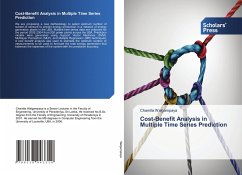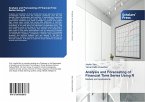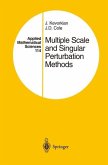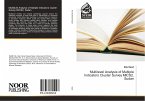We are proposing a new methodology to select optimum number of subset of sensors to predict energy production in a network of energy generation plants in the USA. Multiple time series data are collected for the period 2002-2004 from 200 power plants across the USA. Prediction models were generated using Support Vector Machines (SVM), Multilayer Perceptron (MLP), and Multiple Regression (MR) techniques. A cost benefit analysis was used to estimate the optimum number of measurements to be used to forecast the total energy generation that balances the expenses of the system with the prediction accuracy.








